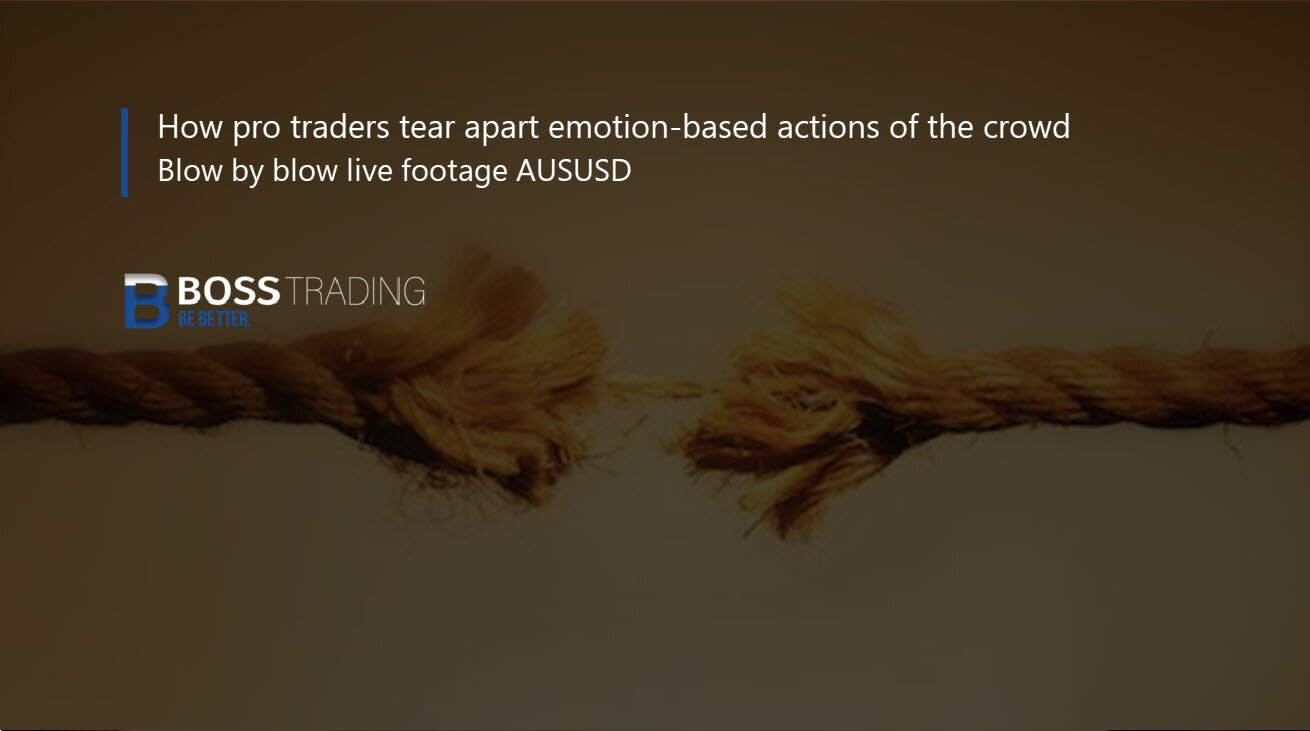How pro traders tear apart emotion-based actions of the crowd
When a set play from a trader's playbook is paying out frequently, chances are the crowd starts picking up on it, especially when occurrences are working in close succession.
But, to qualify as a playbook or set play trade, there's plenty of grunt work that goes into ironing out all of the nuances that make it effective. And that's a good thing. The crowd won't have put the same amount of effort into developing the trade.
In the trading from earlier today, see the crowd:
Pick the "right" direction but lack the expertise to trade in sync with the market's moves.**
Defiantly "diamond-hand" their long trade until the pain becomes too great and/or margin calls kick in, leading to mass liquidation.
The capitulation acts as a giant flashing neon sign to a new group of traders to initiate short positions.
[The crowd jumps into positions while pros wait patiently]. Wanting to make back losses motivates longs to enter again while weak hand shorts cover.
The move is short-lived and rolls over. Caught out for a second loss, longs desperately wanting to make back losses, finally get short.
The first group of shorts can't believe they were shaken out and get back short.
The scene is set for a move in price to tear traders apart, emotionally and financially.
**Footnotes: the root of the problem is traders acting on either being right (or wrong), which you can see snowballs quickly. It's the cause of traders blowing out accounts.
By contrast, pro traders are playing a different game. They place odds based bets. There weren't any trades taken by the crowd that fit my archive of set plays, although a number of them take the other side of the crowd, as shown in the footage.

